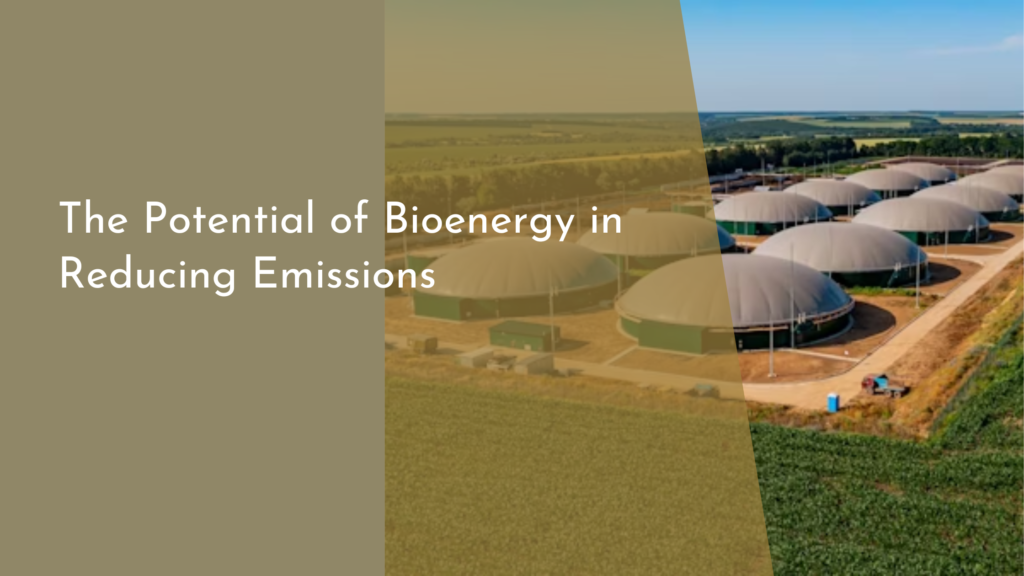Agroforestry for Sustainable Cotton Cultivation
As the world grapples with the dual challenges of agricultural productivity and environmental sustainability, innovative farming practices are becoming increasingly relevant. Among these practices, agroforestry represents a promising solution, particularly in cotton cultivation. By integrating trees into cotton farming systems, farmers can create resilient ecosystems that not only enhance crop production but also promote biodiversity and soil health. This article explores the multifaceted benefits of agroforestry in cotton farming and examines successful implementations that serve as inspiration for farmers seeking sustainable practices.
Embracing Agroforestry: A Bright Future for Cotton Farming
Agroforestry combines agriculture and forestry to create synergistic interactions between crops and trees. In the context of cotton farming, this approach offers a pathway to address the pressing issues related to monoculture practices, which can lead to soil degradation, pest outbreaks, and decreased yields over time. By incorporating trees, farmers can enhance the resilience of their cotton fields, making them better equipped to withstand climate change and variability. Embracing agroforestry is not just an ecological choice; it is a forward-thinking strategy that aligns with the growing demand for sustainable agricultural practices.
The integration of trees into cotton farming also opens up new economic avenues. Farmers can diversify their income sources by producing timber, fruits, nuts, or other forest products alongside cotton. This diversification reduces reliance on a single crop and minimizes financial risks associated with market fluctuations. Moreover, agroforestry systems can improve the overall aesthetic appeal of farmland, potentially attracting eco-tourism opportunities. Thus, the future of cotton farming looks brighter when farmers embrace agroforestry.
The Benefits of Blending Trees with Cotton Crops
The benefits of agroforestry in cotton cultivation extend beyond economic advantages; they also encompass various environmental benefits. Trees play a crucial role in enhancing soil fertility through nitrogen fixation and organic matter addition. This improvement in soil health leads to better water retention and reduced erosion, ultimately resulting in more robust cotton plants. Furthermore, the shade provided by trees can help moderate temperatures in cotton fields, reducing heat stress and improving crop resilience to extreme weather conditions.
In addition to improving soil and crop health, integrating trees into cotton farming systems fosters biodiversity. Trees provide habitats for various wildlife, including beneficial insects, birds, and other organisms that contribute to pest control and pollination. This natural pest management can lead to reduced reliance on synthetic pesticides, promoting a healthier environment for both farmers and consumers. As a result, agroforestry not only supports sustainable cotton production but also encourages a thriving ecosystem.
Techniques to Implement Agroforestry in Cotton Fields
Implementing agroforestry in cotton fields can take various forms, depending on local conditions, resources, and farmer preferences. One common technique is the "alley cropping" method, where rows of trees are planted alongside cotton crops. This design allows for better light penetration and space for both crops to thrive. Farmers can choose fast-growing tree species that provide shade and windbreaks, contributing to improved microclimate conditions for cotton plants. Additionally, integrating leguminous trees can enhance nitrogen levels in the soil, promoting cotton growth.
Another approach is the "silvopastoral" system, where livestock grazing is incorporated into cotton agroforestry systems. This combination allows for nutrient recycling through manure, while livestock can benefit from the shade provided by trees. Farmers can also practice selective harvesting of tree products, thus maintaining a continuous income stream and ensuring that the ecosystem remains healthy. By employing these techniques, farmers can successfully implement agroforestry in cotton fields, optimizing productivity while ensuring sustainability.
Success Stories: How Farmers Thrive with Agroforestry
Across the globe, numerous farmers have embraced agroforestry practices to transform their cotton farming operations into sustainable enterprises. For example, in India, farmers in the state of Andhra Pradesh have adopted agroforestry systems that integrate neem and moringa trees with cotton crops. These trees not only provide shade but also serve as natural pest deterrents. As a result, farmers have reported improved yields and reduced pest-related losses, leading to increased income and a healthier environment.
In the United States, cotton producers in the Southern regions are also reaping the benefits of agroforestry. By planting native hardwood trees alongside their cotton fields, these farmers have enhanced biodiversity and improved soil quality. The added income from timber sales has allowed them to invest further in sustainable practices and technology. These success stories highlight the potential of agroforestry to revolutionize cotton farming, making it both environmentally friendly and economically viable.
Agroforestry presents an exciting opportunity for the future of cotton cultivation, aligning agricultural practices with ecological sustainability. By integrating trees into cotton farming, farmers can enjoy a multitude of benefits, including improved soil health, increased biodiversity, and enhanced resilience to climate change. As demonstrated by successful case studies worldwide, adopting agroforestry techniques can lead to thriving farms and prosperous communities. Embracing this innovative approach is not just a trend—it’s a crucial step toward a more sustainable and fruitful future for cotton farming.

